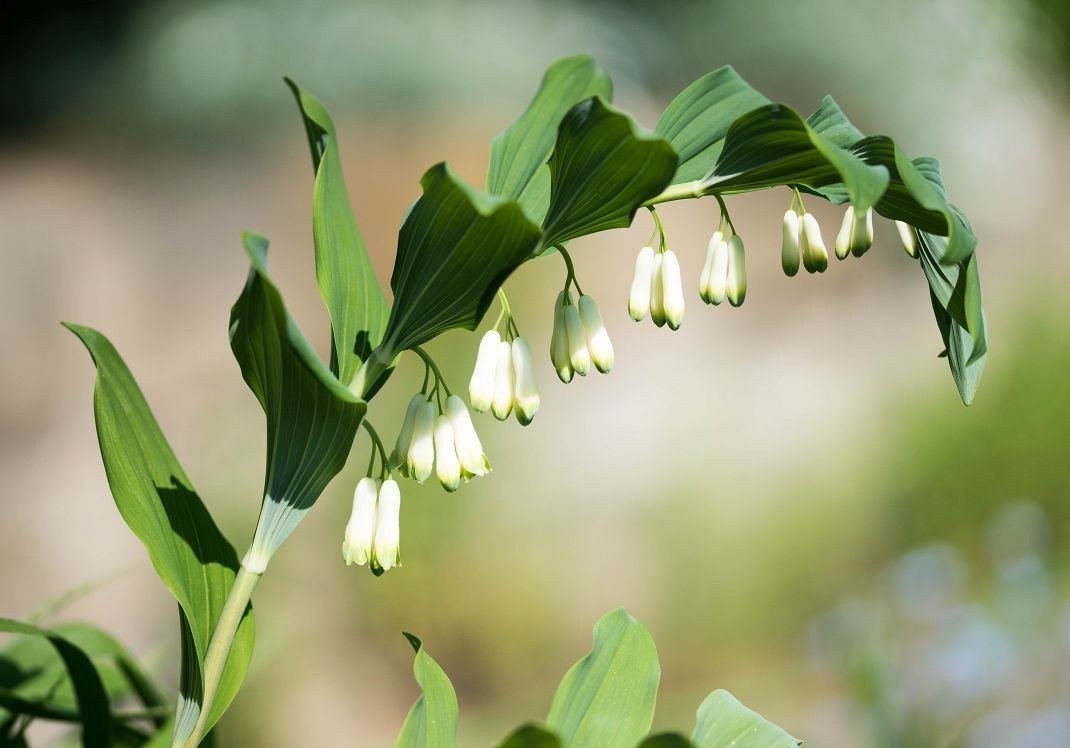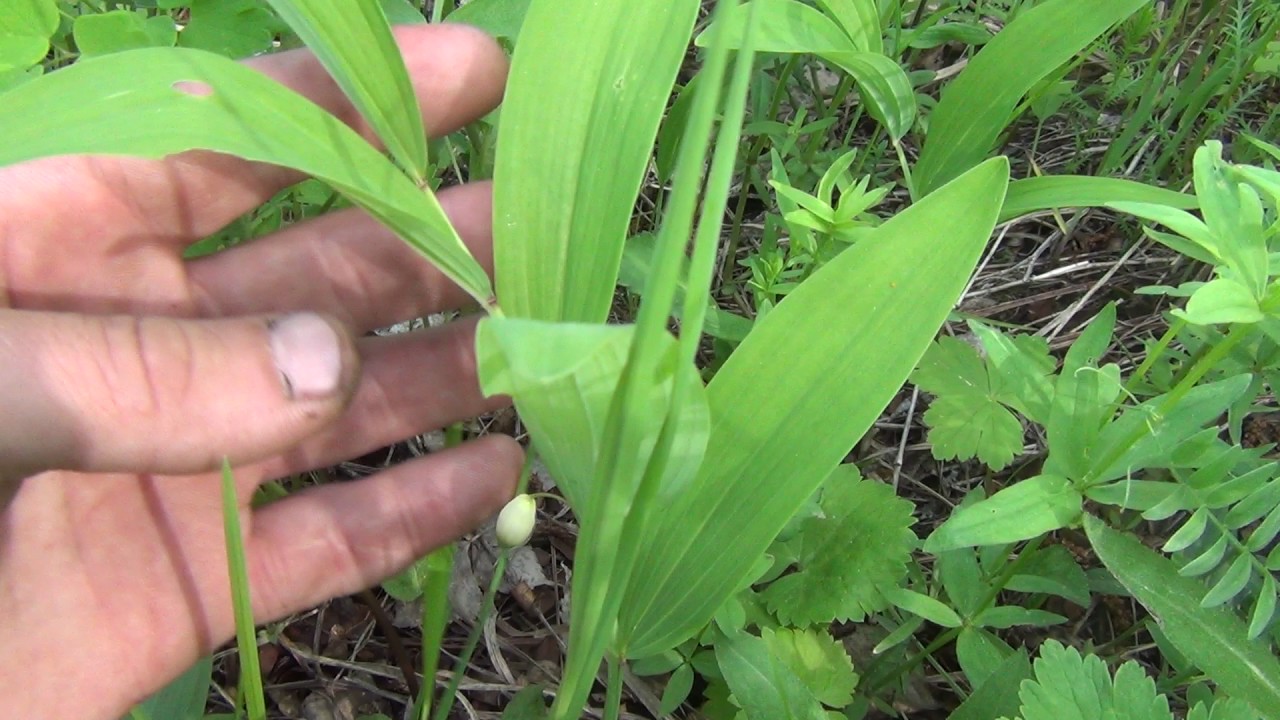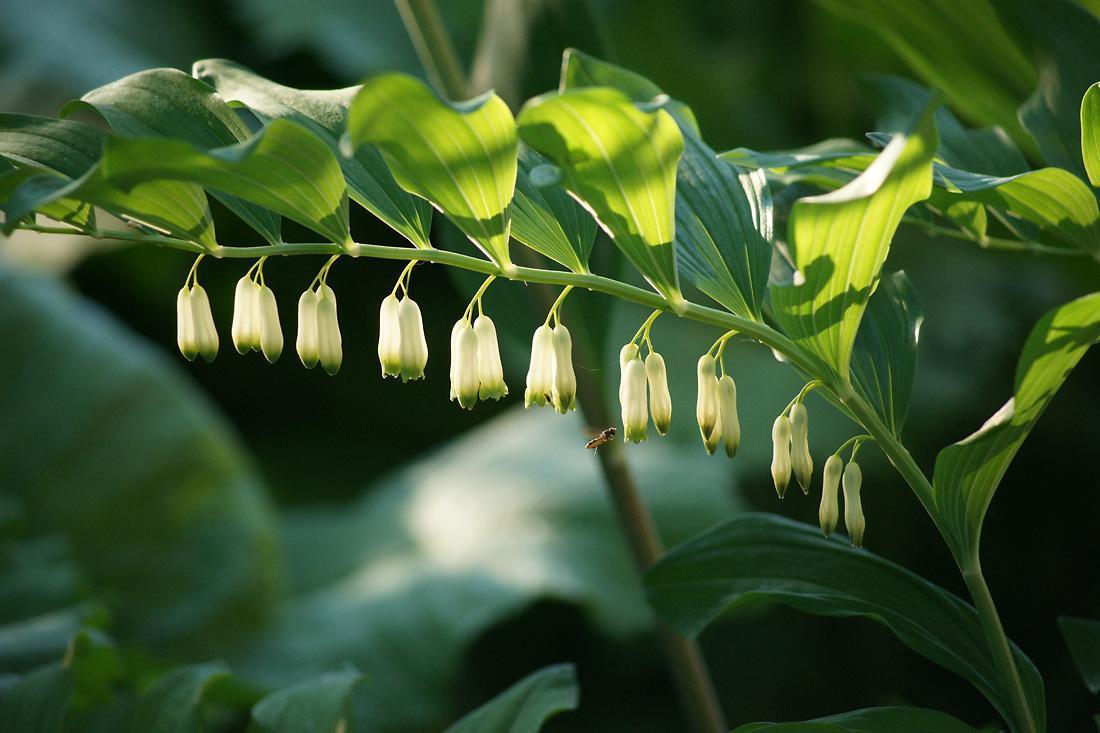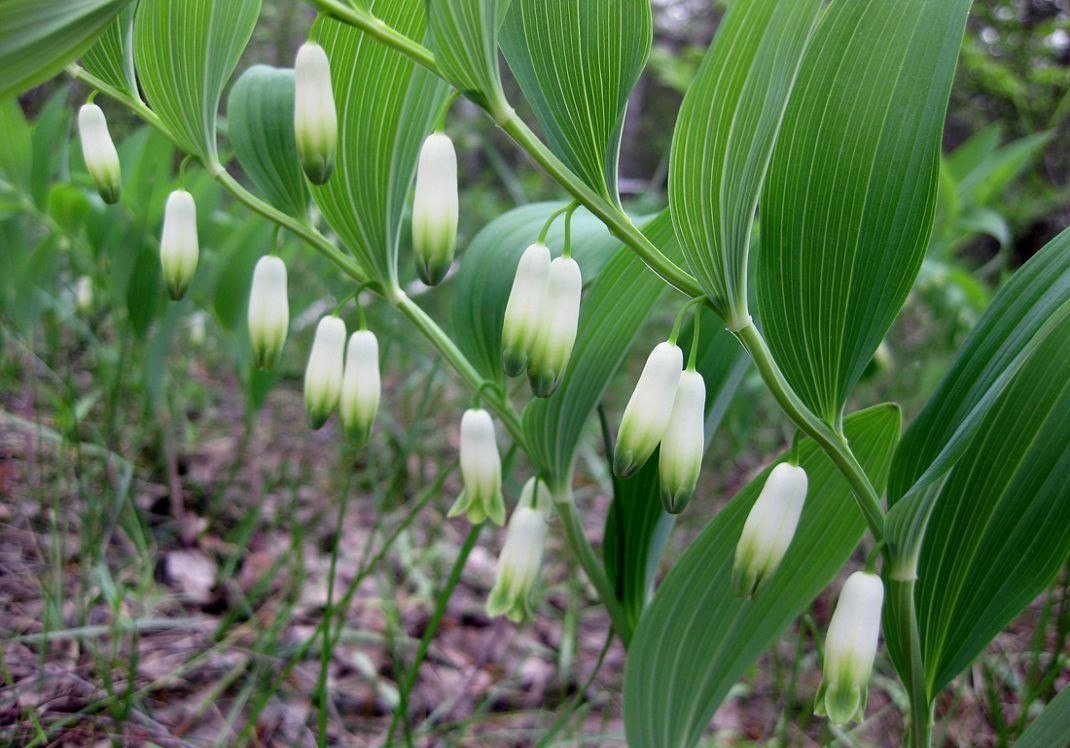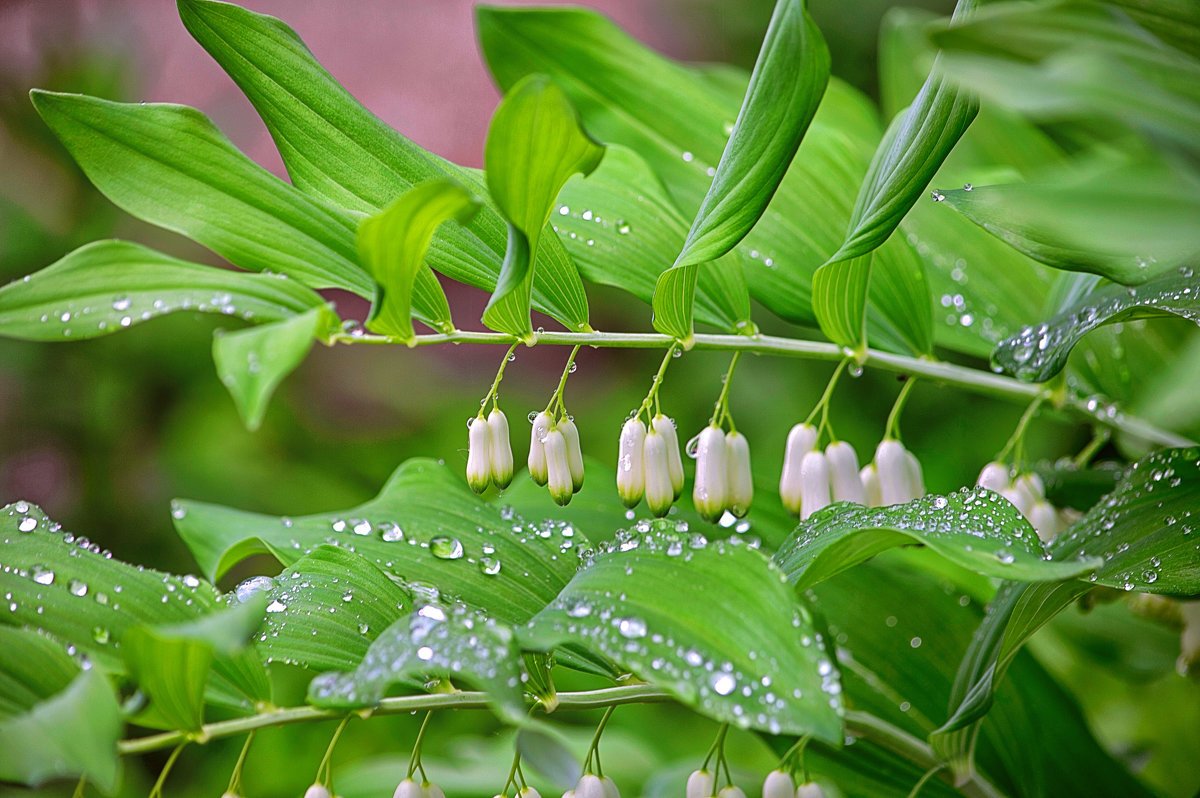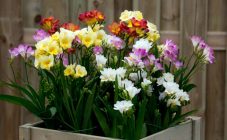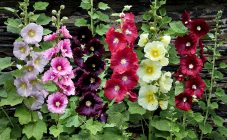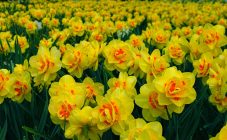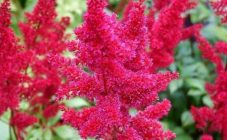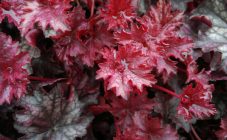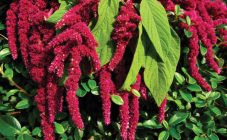Content:
A delicate garden flower will be a godsend for summer residents who spend a little time in the garden. This unpretentious culture will bloom annually for 13-16 years without special care and transplantation. Kupena shade-tolerant. It will fit perfectly into the garden landscape design. The flower is medicinal, but its parts are poisonous. Kupena is not suitable for summer residents who often have small children or pets in the garden.
What is a Kupena flower
The Kupena plant has been known since ancient times. It represents the Asparagus family and vaguely resembles the well-known lily of the valley. Kupena has white or whitish-emerald flowers in the form of tubules or elongated bells that hang on curved branches.
The homeland of the kupena is the Northern Hemisphere. It is there that the flower prefers to dwell. In nature, he loves to settle in forests, on the slopes of mountain areas, meadows and thickets.
Kupena got its name because of its appearance. If you look at the plant from above, you cannot see the flowers or the stem. They are covered with leaves, which, as it were, form a dome. At first glance, you might think that there is some kind of green pile or heap near the ground. It is because of this comparison that the inhabitants of ancient Russia called the plant Kupena. In Dahl's explanatory dictionary, the word kupa denotes a heap, a pile, a heap.
If you study Latin, then in Latin the herb Kupena is called Polygonatum. The word consists of two soldered roots. Poly - translated means a lot. Race or drive - a knot. It turns out that the flower is called a multinode. This is no coincidence. The root is bought multicentric or multinode. It is located horizontally in the ground. Every year a new shoot grows from it, which dies off in autumn, leaving a round imprint on the powerful rhizome. The print has a depressed regular shape of a circle and a pattern inside in the form of chaotic dots. For such seals on the root, the flower received its other name - the Solomon seal. According to popular beliefs, King Solomon marked the kupin with his seal in order to especially highlight this healing flower.
In ancient times, the herb kupena was widely used by healers and healers. However, they knew that the kupena contained poison. It causes severe vomiting and poisoning. But if you work carefully with the flower and use the root for decoctions, you can cure acne, purulent wounds, scars, colds, pneumonia, ulcers. Also, the Solomon seal has the property of treating heart and headaches. But only specialists can vouch for the safe use of decoctions or infusions from this herb.
Why the plant is grown
Kupena as a culture is appreciated by gardeners for its unpretentious disposition and pleasant appearance. Growing a flower is used for garden decoration. Its light delicate flowers delight the owners of the plots in the first half of summer, and then large dark berries appear in place of the inflorescences. They resemble precious beads and look spectacular against the background of other flowers and greenery. The combination of the core with irises, asters, daisies, lilies is especially expressive.
The plant is shade-tolerant, it can be planted in places where most flower representatives cannot be planted. For example, they can decorate areas under fruit trees or plant a flower near the walls of the house, near the gazebos. The footpath, which is framed by thickets of Solomon seal, will look very nice.
Plant characteristic
- A flower is bought - an ephemeral. It emerges from the ground in early spring, and in autumn the upper part disappears. There remains only a long-lived root, from which a new sprout sprouts next year.
- The rhizome itself is elongated, powerful, knee-shaped. It is located horizontally relative to the surface of the earth.
- The height of the plant depends on the species. You can find both dwarfs (about 10 cm tall) and giants (0.9-1.2 m high). In some species, the stem is straight, in others it is curved with a yoke.
- The leaves are arranged either alternately or in the form of a whorl. The shape of the leaf plates is most often oval with a pointed end.
- In early summer, flowers grow from the axils of the leaves. Their shape is bell-shaped, tubular with a bent lower part. Flowers are bisexual. They contain both female and male parts. Pollinated by insects, but self-pollination is possible.
- At the end of summer, large dark berries grow in place of flowers. Depending on the species, their color can be black, dark blue or red. The shape is round. Inside each berry, you can see from 3 to 8 seeds.
Types and varieties
The kupena garden culture has more than three dozen species. The genus has even more natural varieties.
Among the types of solomon print, which are most often grown in summer cottages, are the following:
- Multi-flowered;
- Fragrant;
- Pink;
- Low;
- Siberian, etc.
The multifloral Kupena grows up to 75 cm. Stems bent with a yoke. Leaves are leathery, erect. Flowers are collected in inflorescences of 5-6 pieces. A special variety called Kupena Variegatnaya has a multicolored look. Its distinctive feature is the variegated color of the leaves. They are emerald in color with white and gray strokes. There are varieties with pink flowers.
Fragrant Kupena is also called medicinal. In addition, the flower has the name pharmacy. This useful shrub blooms with snow-white flowers with a greenish tint at the tips of the petals. In August, dark berries ripen with a blue tint. There are not as many flowers as in the multi-flowered species. The peculiarity of fragrant is in its almond scent. Each flower is quite fragrant. By the way, the pharmacy Solomon seal also has a variety with variegated leaves, its name is Kupena Variegata. Another common variety is Thunberg.
Pink Kupena is a garden flower with beautiful small flowers, lilac bells. The stems are burgundy in color. Stems are erect. Berries ripening in August are scarlet or brick.
Kupena low got its name for its short stature. Another name for the species is squat. Bushes stretch up to only 10-25 cm. The berries are round, black and blue.
Siberian Kupena differs from other species by its thick root and elongated large stem, which stretches up to 60 cm. The description of this species ends with the color of the berries. They are red in color.
Landing
The flower grass is bought not at all fastidious. It can be planted even in poor or heavy soil. However, before that, it is recommended to dig up the soil and fertilize it with mineral additives. Peat, sand, ash, compost are also added.
Reproduction
The culture is propagated by seeds and root division. For ordinary gardeners, the second option is suitable, since seed reproduction is a laborious process. Seeds undergo stratification, and a plant planted from a seed blooms only after 3-4 years. The easiest way to propagate a Solomon seal is by dividing the root. The procedure takes place in May or August. The root is dug out of the ground. It is broken into several parts. Each part has a bud from which a stem must emerge. Next, there is a landing in open ground.
Step by step process
- On the prepared bed, holes are dug, 12-10 cm deep. A little sand is poured at the bottom.
- Planting material is placed in each hole.The root parts should be placed horizontally.
- The holes are buried in garden soil and slightly compacted.
- The garden bed is watered abundantly with settled water at room temperature.
Care
If the planting was correct, and the culture was in a shaded place, then in the future it needs minimal maintenance. It does not need to be fertilized or transplanted, and it is worth watering only if a drought has occurred. It is not recommended to loosen the ground under the plant so as not to damage the rhizome.
The formula for good growth is in the right planting site and friendly neighbors. The fern is a good companion.
Pests and diseases
Kupena has strong immunity. She does not pick up various ailments. Insects don't like her. The exception is slugs. These harmful creatures eat the leaves of the flower. The gardener is recommended to dust the plants with hot pepper and crumble the crushed eggshells under the bushes. You can also lay out boards that act as traps. Slugs love to get under different objects. In the morning, the boards are turned over, the slugs accumulated under them are removed.
Growing a bath in the garden is a pleasure. It does not require the attention of a gardener, but at the same time it blooms decoratively and gives spectacular berries-beads. The main thing to remember is that the plant is poisonous, and do not let kids and domestic animals come near it.
